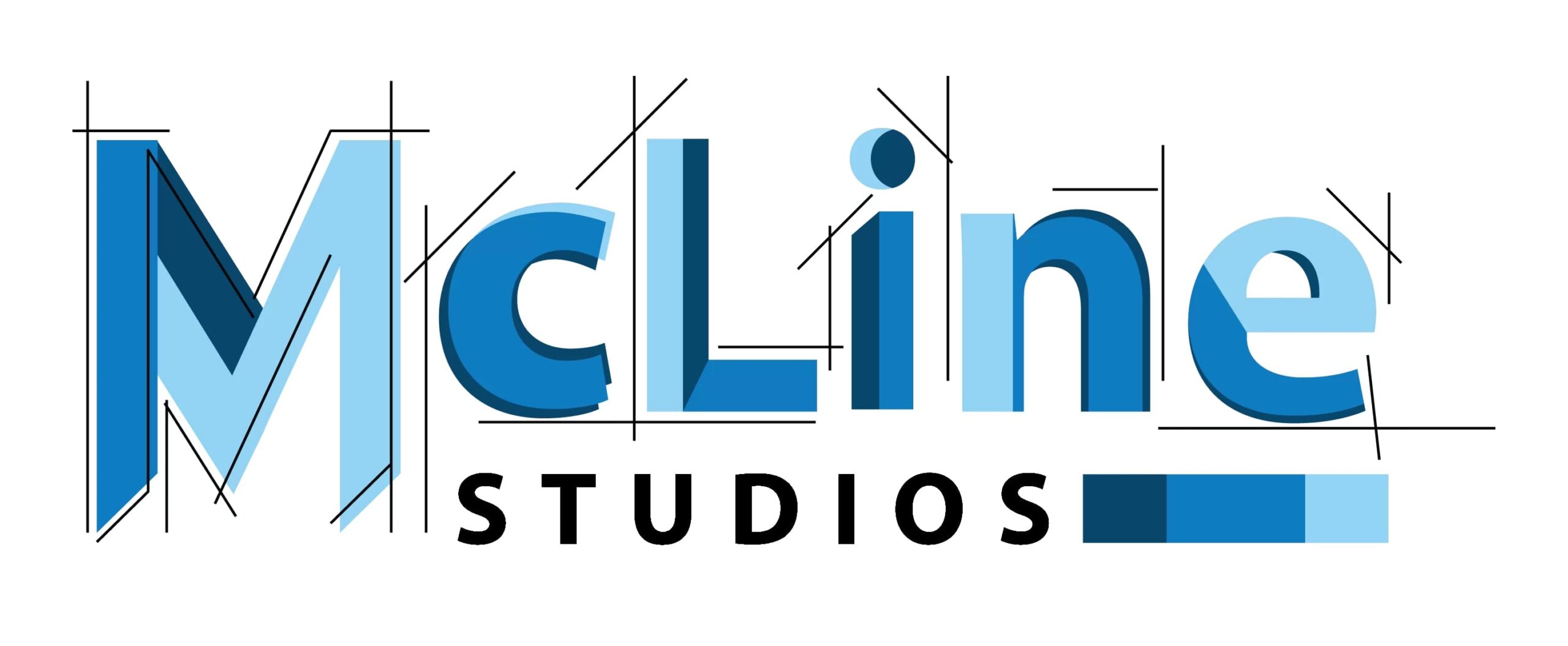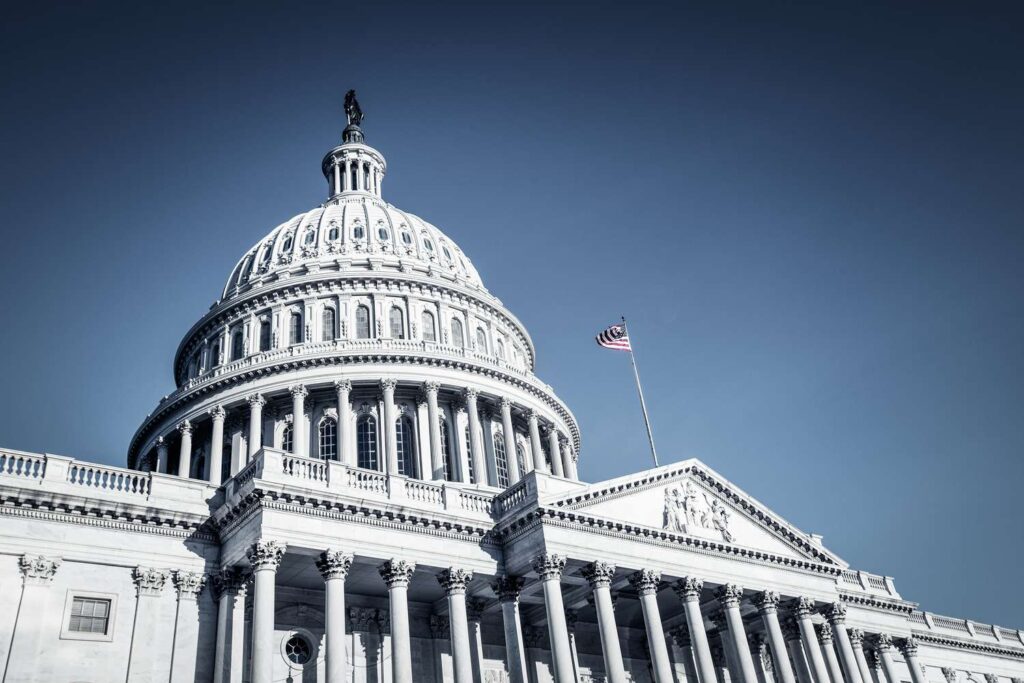Architecture and Government
Architecture for the Government
Architecture plays a significant role in the design and construction of government buildings. Government buildings serve as functional spaces for administrative activities, public services, and the representation of governmental authority. Here are some key considerations for architecture in government building projects.

Here is a suggested architectural approach for Government Sector

Functional Design
Government buildings must be designed to accommodate the specific functions and requirements of different government departments and agencies. This includes office spaces, meeting rooms, conference facilities, public service areas, and specialized spaces for administrative tasks.
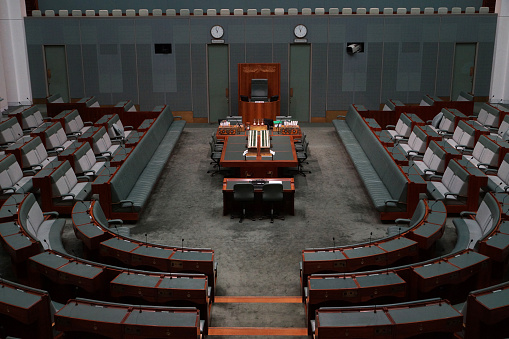
Accessibility and Inclusivity
Government buildings should prioritize accessibility to ensure equal access for all individuals, including those with disabilities. This involves incorporating features such as ramps, elevators, accessible entrances, and restrooms that comply with relevant accessibility standards.
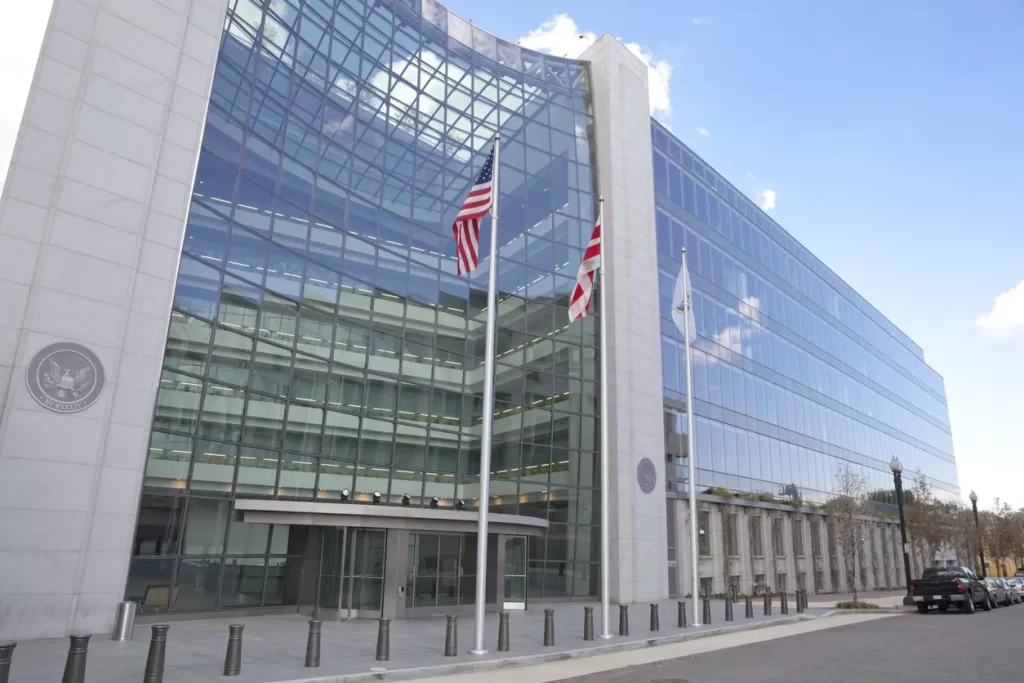
Security Measures
Security is a critical aspect of government buildings. Incorporate appropriate security measures, such as controlled access points, security checkpoints, surveillance systems, and secure areas for sensitive information. Balancing security with public access and transparency is essential.
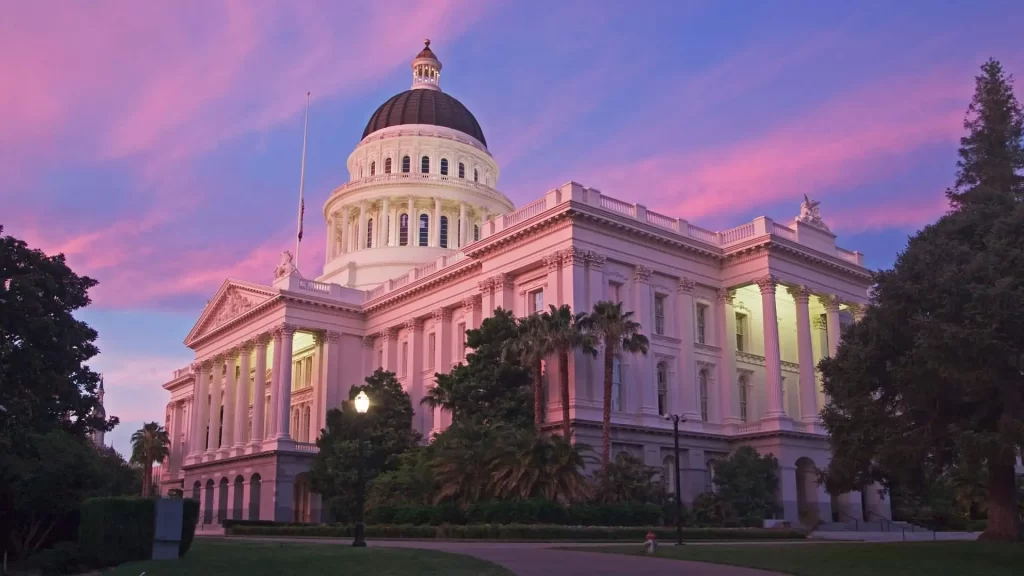
Symbolism and Representation
Government buildings often serve as symbols of governmental authority and power. Consider architectural elements, materials, and design features that convey the desired message and represent the values and identity of the government and the nation.
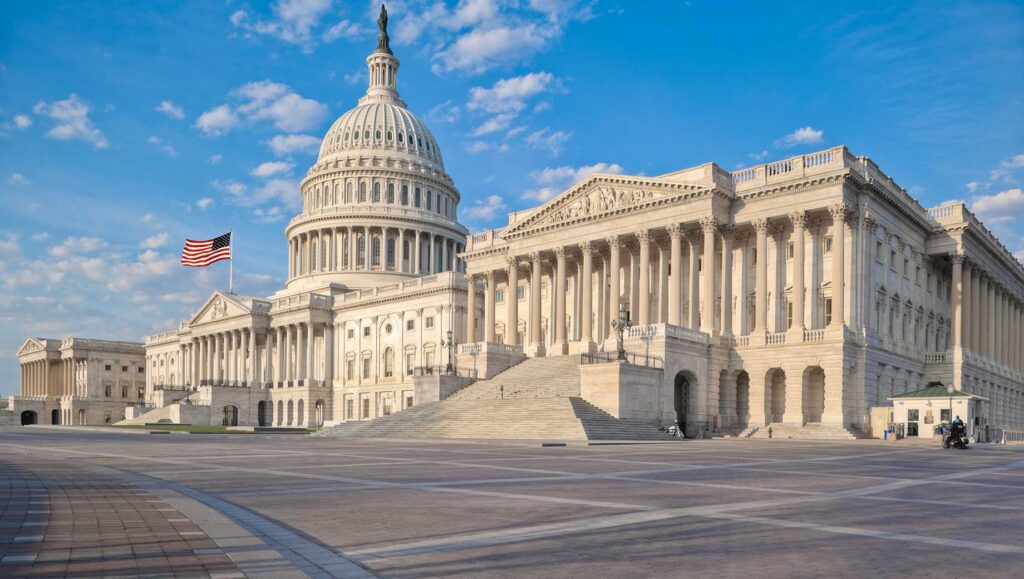
Historical Preservation and Adaptive Reuse
In cases where government buildings are historic or heritage structures, architectural projects should aim to preserve and restore their historical and architectural significance. Adaptive reuse strategies can transform these buildings to meet modern requirements while respecting their heritage value.
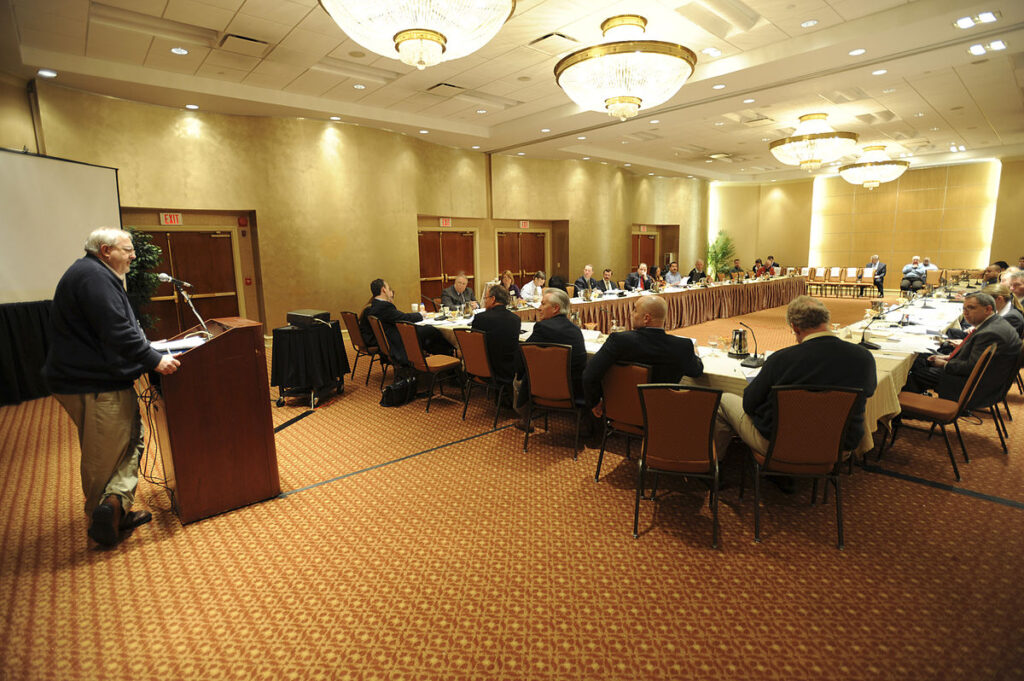
Collaboration and Public Input
Government building projects benefit from collaboration between architects, urban planners, government officials, and the public. Seek input from stakeholders to ensure that the design meets the needs of the government and the community it serves.
Our Unique approach to government building
planning, Design & Construction
Stakeholder Engagement
We prioritize stakeholder engagement throughout the entire process. This includes government officials, department heads, employees, and the public. We believe in actively involving all relevant parties to ensure their needs, perspectives, and aspirations are considered from the initial planning stages to the final design and construction.
User-Centric Design
We place a strong emphasis on user-centric design principles. Our approach involves understanding the specific requirements and functions of government departments and agencies. We work closely with end-users to create spaces that promote productivity, collaboration, and well-being, taking into account their unique workflows, processes, and interactions.
Sustainable and Green Design
Sustainability is a key aspect of our approach. We integrate sustainable design principles, energy-efficient systems, and environmentally friendly materials. Our aim is to minimize the ecological footprint of government buildings while creating healthy, resource-efficient spaces. We consider factors such as energy conservation, water management, waste reduction, and green building certifications.
Technology Integration
We recognize the importance of technology in modern government buildings. Our approach involves integrating appropriate technological solutions to support efficient operations, digital services, and data management. We consider smart building systems, digital communication platforms, security systems, and other technologies to enhance the functionality and connectivity of government buildings.
Sustainability and Energy Efficiency
As sustainability becomes increasingly important for businesses, architects with experience in sectors such as healthcare, education, or hospitality can bring valuable insights into creating environmentally friendly and energy-efficient corporate spaces. Knowledge gained from designing green buildings in other sectors can be applied to the corporate sector, helping organizations reduce their carbon footprint and achieve sustainability goals.
Cultural and Symbolic Representation
We understand the significance of government buildings as symbols of authority and identity. Our approach involves reflecting the cultural heritage and identity of the community or nation in the architectural design. We incorporate elements that represent the values, aspirations, and history of the government, creating spaces that foster a sense of pride and connection.
